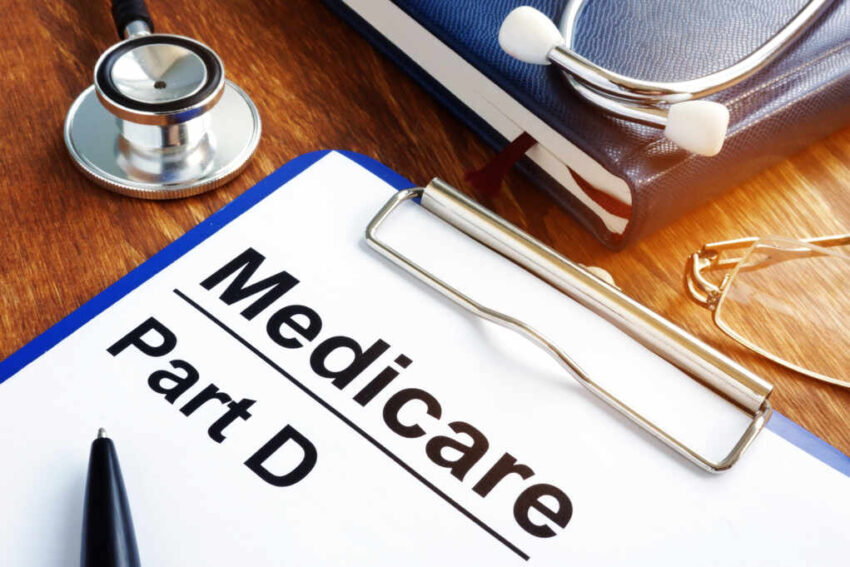Federal cuts to Medicare’s drug subsidy are poised to drive up premiums and out-of-pocket costs, sparking panic among seniors already living on razor-thin budgets.
At a Glance
- Medicare Part D drug subsidies slashed by 40% under new legislation
- Premiums expected to rise 20–45% in most states by next quarter
- Over 48 million Medicare beneficiaries could face higher costs
- Price hikes target low-income seniors and rural enrollees hardest
- Insurers already scaling back covered medications and benefits
Drug Shock for Seniors
A dramatic shakeup is underway in the Medicare Part D system after Congress passed the “One Big Beautiful Bill Act,” a sweeping reform package that includes deep cuts to federal prescription drug subsidies. The subsidy reduction—nearly 40%—translates directly into higher premiums for the nation’s most vulnerable seniors.
Experts estimate that Part D premiums could increase by as much as 45% in the coming quarter, particularly in states like Florida, Ohio, and Pennsylvania with high concentrations of retirees. For many, this is the largest jump since the program’s inception.
Watch now: “Seniors facing potential billions in cuts under Trump budget bill” · YouTube
The Biden administration has promised to negotiate with insurance providers to limit damage, but insurers are already scaling back formularies, raising deductibles, and introducing new co-pay tiers. For millions of seniors with fixed incomes, the result is a harsh new reality: pay more, or go without.
A Broken Promise?
The public backlash has been swift and ferocious. Senior advocacy groups, including AARP and the National Council on Aging, accuse lawmakers of breaking promises to protect Medicare. They argue that the bill sacrifices older Americans in pursuit of corporate tax cuts and budget optics.
In rural areas, the impact is even more pronounced. Seniors there face fewer plan choices, longer travel times for in-network pharmacies, and limited broadband access—making it harder to navigate increasingly complex digital enrollment systems. As a result, many miss critical updates, leading to default re-enrollments into costlier plans.
While the administration touts the cuts as part of a broader fiscal responsibility push, critics warn that the math doesn’t add up. According to one health policy think tank, every $1 saved by the government could cost Medicare enrollees $4 in new expenses—an unsustainable imbalance in an aging population.
The Future of Care
Insurers have quietly begun adjusting their 2026 portfolios, with early filings suggesting reduced availability of zero-premium Part D plans. Dual-eligibility patients—those on both Medicare and Medicaid—will be hit hardest, losing access to many subsidized options that previously buffered drug costs.
Simultaneously, enrollment counselors are reporting confusion and anxiety among enrollees, with helpline call volumes tripling in some regions. Many callers are asking whether it’s even worth staying on Part D at all.
What once stood as a cornerstone of eldercare is now a battlefield, and the stakes couldn’t be higher. If premium spikes and benefit erosion continue at this pace, experts warn, Medicare could enter a dangerous feedback loop of under-enrollment, benefit shrinkage, and skyrocketing per-user costs. For millions of American seniors, this isn’t just a policy shift—it’s a looming personal crisis.
Click this link for the original source of this article.
Author: Editor
This content is courtesy of, and owned and copyrighted by, https://thecongressionalinsider.com and its author. This content is made available by use of the public RSS feed offered by the host site and is used for educational purposes only. If you are the author or represent the host site and would like this content removed now and in the future, please contact USSANews.com using the email address in the Contact page found in the website menu.








